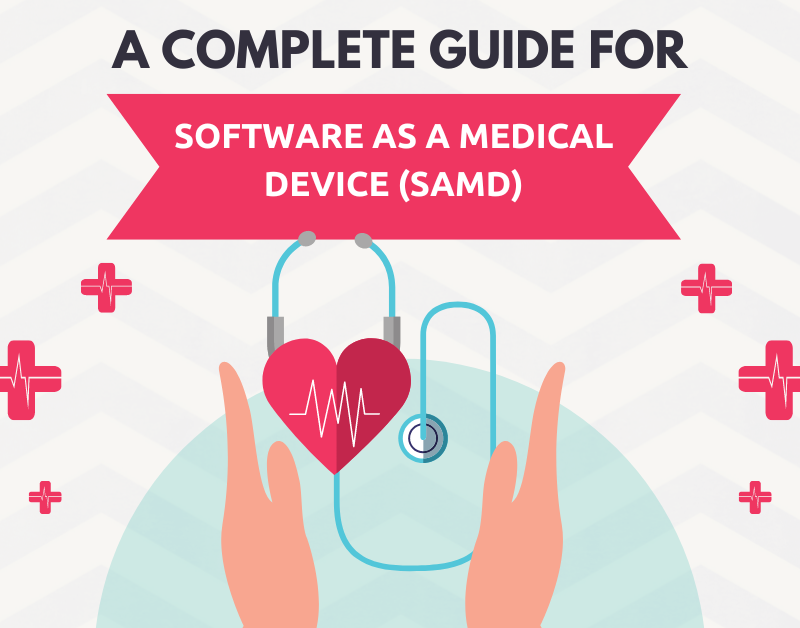-

April 17, 2024Events, Resources
3 reasons to attend the Quality show south by Quality Magazine -

April 5, 2024Food Safety
FDA’s latest update on Food Safety Modernization Act Section 204 (FSMA 204) -

March 28, 2024Events, Food Safety, SQF
SQF Unites: Is it worth the time? -

March 7, 2024Food Safety, HACCP, SQF
What are the differences between HACCP and SQF?




